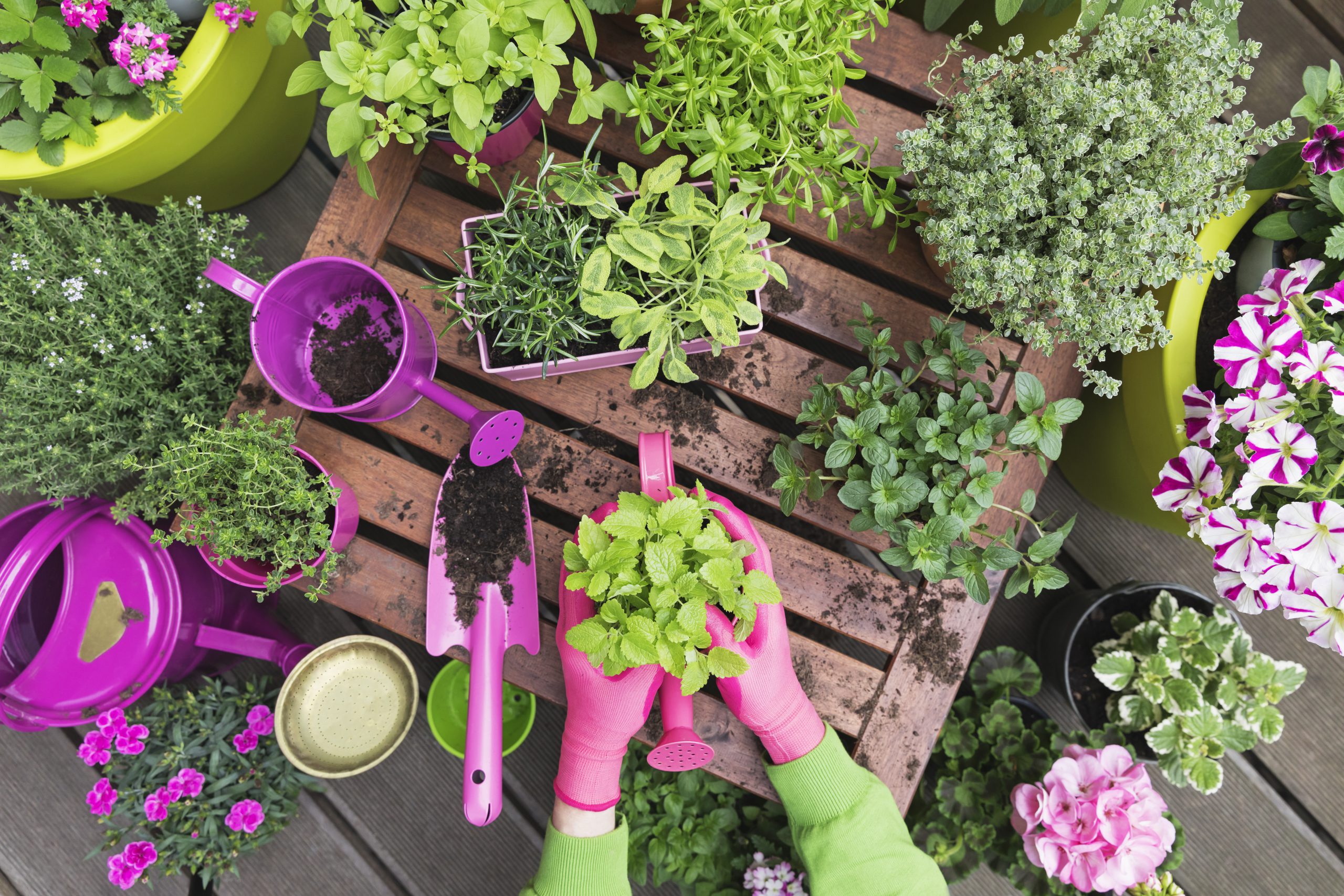
A retreat from the hustle and bustle of daily life, a garden is also somewhere to send the kids when they’re getting under your feet or have used up all their screen time.
However, being able to maintain a garden and even make it thrive, can be a mystery for some homeowners who complain they lack a “green thumb”.
The prudent use of fertiliser is one critical component for success, ensuring your plants have sufficient nutrients to thrive.
Test the soil
Use any popular product from a garden centre or hardware store that will test the pH level of your soil. It’s a straightforward process but essential in choosing the right fertiliser.
Read instructions
While most of us will simply sprinkle fertiliser liberally over the existing soil and then mix it in, following the manufacturer’s instructions for the best result is worthwhile. You’ll find them on the side of the bag.
Don’t overfeed
Too much fertiliser will burn the roots of some plants and kill them. If you’ve gone over the top, give the garden a good soaking to dilute the impact.
Mix it up
Some gardeners will suggest you get the best results from rotating different types of fertilisers over the seasons. Consider using a range of natural and synthetic options to ensure your soil has a good range of plant nutrients.
Complete fertiliser
This is a mix of essential nutrients, typically including equal measures of Nitrogen (N), Phosphorus (P), and Potassium (K).
Slow-release fertilisers
Providing nutrients gradually over an extended period, these products reduce the risk of over-fertilisation.
Organic fertiliser
This often consists of compost, manure, bone meal and fish emulsion.
Liquid fertilisers
These fast-acting fertilisers can be applied directly to plant leaves or soil.
Specialised products
It is best to use these on plants, such as citrus trees and azaleas, which have specific nutrient requirements.
